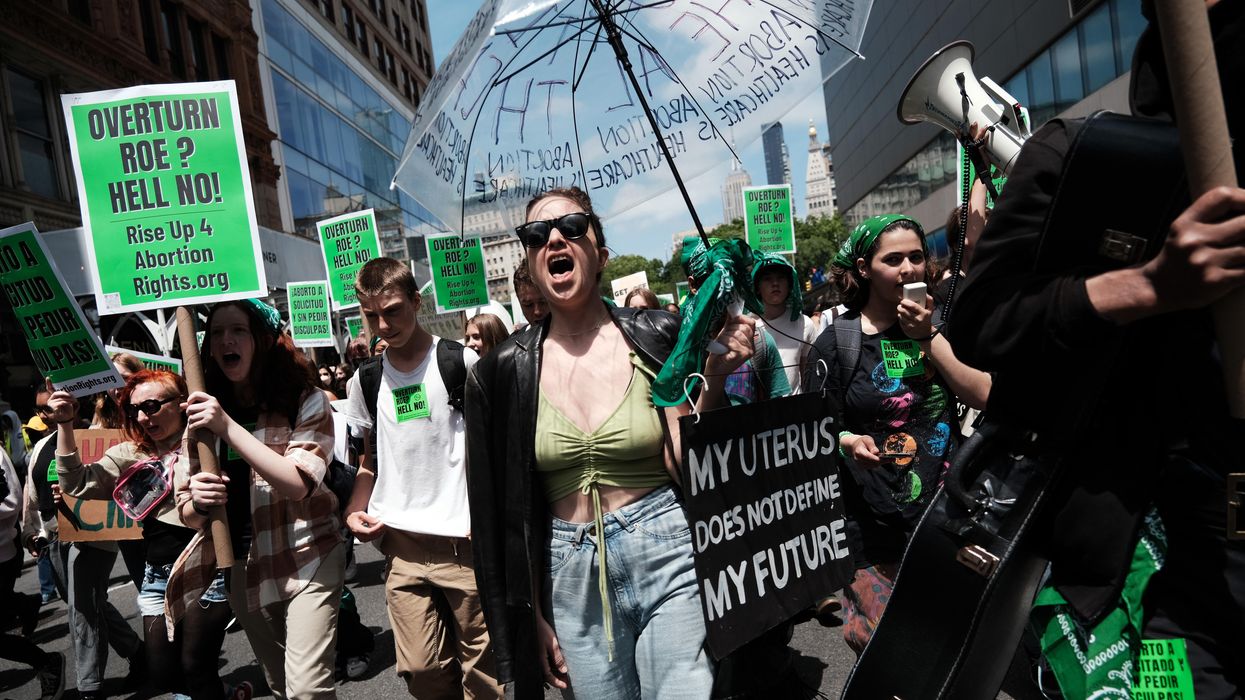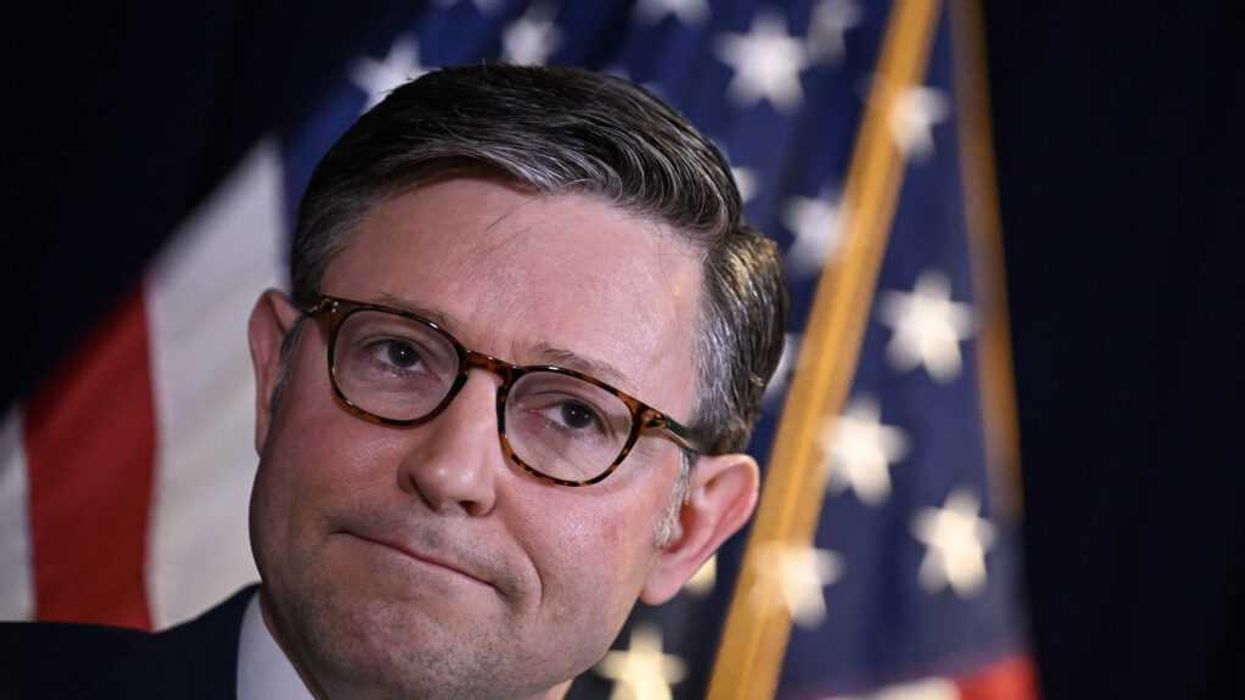Lawrence is an associate professor at the Emory University School of Law.
The leaked opinion in Dobbs v. Jackson Women’s Health Organization has brought to mind Justice Sonia Sotomayor’s haunting question about what reversing Roe v. Wade would mean for the rule of law: “Will this institution survive the stench that this creates in the public perception — that the Constitution and its reading are just political acts?”
As a law professor, it was my job to try to answer this question for my students this semester. My short answer was “maybe.” My long answer comes through a series of eight things I tell my students when I teach the case.
First, I tell my students they can sit out if they need to and that abortion will not be on our exam. The underlying issue is so deeply personal and the analytical tools of legal analysis struggle to capture those stakes.
Second, I tell my students that what makes the abortion debate so fraught is that:
- It puts important values in conflict (especially women’s equality and autonomy, on the one hand, and religious beliefs that life begins at conception, on the other).
- It puts two underlying histories of oppression in conflict (the history of subordination of women and the history of religious intolerance).
- We sometimes assume the worst in those who disagree with us (for example we might assume, rightly or wrongly, that a pro-life advocate does not care about women’s equality, or that a pro-choice advocate does not respect religious belief).
Third, I tell my students that the question for courts is not whether abortion should be a right or not, let alone whether it should be legal. Instead there are two legal questions before the courts: 1) Whether Roe and Planned Parenthood of Southeastern Pennsylvania v. Casey were correct that women have a fundamental constitutional right to choose to have an abortion, and 2) if not, whether to reverse them despite stare decisis.
Fourth, I tell my students those two legal questions are difficult ones on which reasonable lawyers can probably disagree. How one sees those questions depends on how one sees hard underlying questions of legal philosophy and constitutional interpretation, and because the precedent (especially on stare decisis) is foggy. I also tell my students that this is just my judgment and that they should read the opinions in Casey to form their own.
Fifth, I tell my students that when justices and judges say that their views on the legal questions are determined by their views on the law, I believe them. I tell them that in my years of practice, clerking for a judge, and talking to many other lawyers, I have come to believe that almost all of the time, almost all judges are sincerely motivated by their good-faith view of what the law says. In other words, the rule of law is real and it really does constrain courts.
Sixth, I tell my students that abortion politics will probably determine the future of Roe even though jurists are individually guided by their good-faith reading of the law. This is because justices are picked by presidents and senators who have for decades chosen which lawyers to nominate to the Supreme Court with a laser focus on how they would rule on Roe. They have sifted through potential nominees’ writings and backgrounds for hints that their approach to reading the Constitution — motivated by good faith though it may be — would produce the outcome the presidents and senators want on Roe. Moreover, law school classrooms, legal scholarship, and the legal profession are also susceptible to external influence and biases in developing legal philosophies.
Seventh, I tell my students the potential success of presidents’ and senators’ effort to put jurists in place whose legal philosophy would lead them to overrule Roe would not mean that the rule of law is a farce. Yes, today’s justices may be pawns in a political game when it comes to abortion, making the good-faith legal judgments about Roe that presidents and senators predicted they would make when they nominated them. But this is an awkward mechanism by which politics may come to influence law in Dobbs.
Selecting jurists over time for the fit between their legal philosophies and politicians’ policy goals is a clumsy, hard to use, and slow tool of influence. In the case of Roe, it would have taken 50 years. Is it an important tool? Yes, incredibly important, especially from the perspective of a person suddenly deprived of a long-cherished right. But it is also a far cry from the court’s rulings being purely about partisan politics, or even being more about politics than about law.
This leads us back to Sotomayor’s question. The long version of my answer: Sotomayor is right to be worried that Dobbs could create the “perception … that the Constitution and its reading are just political acts.” If this view takes root then it could become self-fulfilling, even if initially mistaken, because the rule of law is like Tinkerbell — its strength depends on our belief in it. On the other hand, if people come to understand Dobbs as evidence only that with a lot of time, sustained attention and energy law can be influenced by politics in targeted ways, the blow need not be fatal. The answer to Sotomayor’s question depends in part, then, on whether we exaggerate the connection between law and politics at play in Dobbs.
For those focused on the profound personal stakes of Dobbs — for those worried about what the decision may mean for their bodies, and their rights — these questions about courts and norms may seem abstract and unimportant. Fair enough. I believe they are still worth time, energy and reflection. What the Supreme Court rules in Dobbs may now be beyond our control, but all of us can influence what the case comes to mean for the rule of law through the way we understand and talk about it.



















